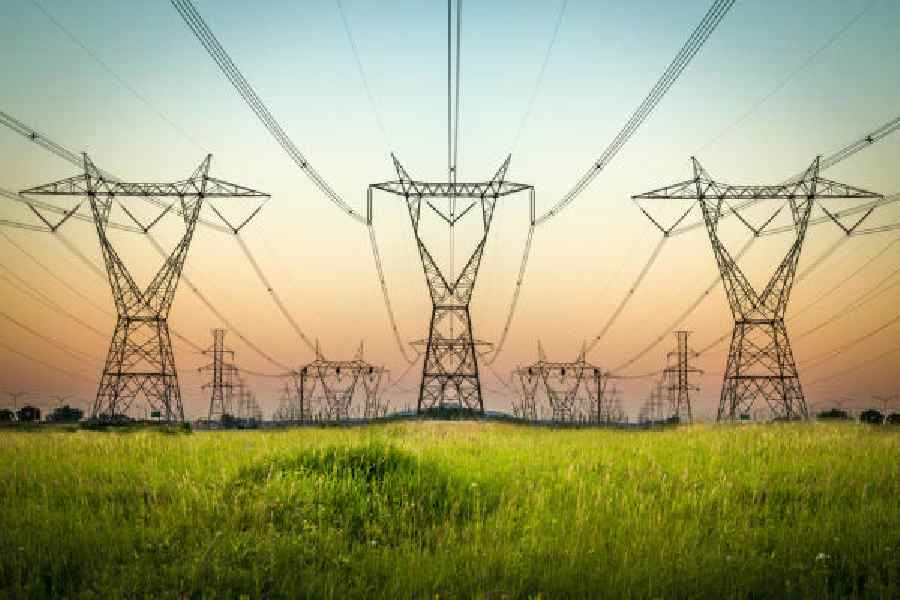The Modi government has set up a panel to track the progress of upcoming thermal power plants as the country plans to add 80 GW to meet the expected demand of 366 GW by 2032.
“The Thermal Power Monitoring Group (TPMG) will identify challenges during the implementation phase and evaluate the effectiveness of the mitigation strategies employed by the developers,” the power ministry said.
The group has been set up to fast track the projects and remove any hurdles.
In order to meet the estimated electricity demand by 2031-32, generation planning studies have been carried out by the Central Electricity Authority (CEA).
According to the study, it is envisaged that to meet the base load requirement of the country in 2032, the required coal and lignite based installed capacity is 283 GW against the present installed capacity of 214 GW.
At present, 26.3 GW of thermal capacity projects is under construction, 11.9 GW has been bid out and 19.05 GW is under clearance.
The estimated capital cost for setting up new coal-based thermal capacity is Rs 8.34 crore per MW (at 2021-22 price level). Hence, the thermal capacity addition is expected to entail an expenditure of a minimum Rs 667,200 crore by 2031-32.
The independent panel will conduct site inspections and provide assessment of each site of the TPP under implementation by a central or state utility and independent power producers (IPPs).
The eight-member TPMG will be headed by the Central Electricity Authority’s (CEA) member (thermal).
The members also include a chief engineer or higher-level officer from the central electricity regulator.











